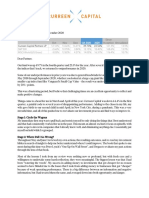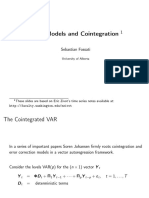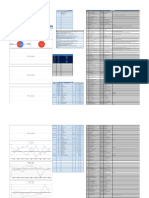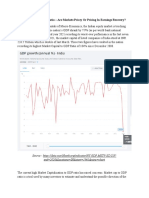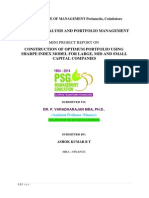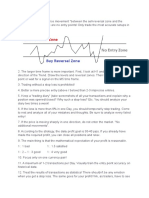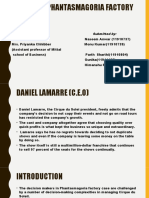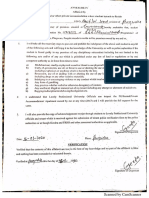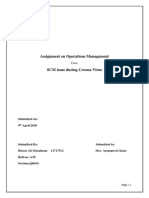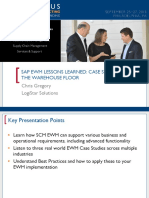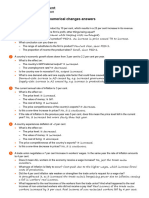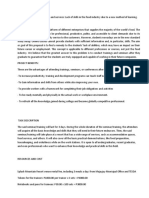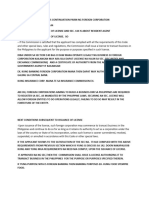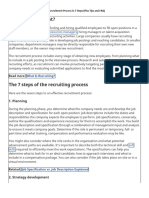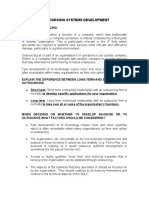0% found this document useful (0 votes)
181 views15 pagesFIN-310 Report PDF
The document discusses the Payment and Settlement Systems Act passed by the Indian Parliament in 2007. The key points are:
1) The Act provides a legal framework for regulating payment and settlement systems in India and empowers the Reserve Bank of India to authorize, regulate, and supervise these systems.
2) It gives a legal basis for netting and settlement finality in payment systems.
3) The Act allows the Reserve Bank to issue directions, set standards, and levy penalties for non-compliance with the Act, regulations, and directions.
The Act provides the legal framework to regulate increasingly large payment systems in India's growing economy.
Uploaded by
Husen AliCopyright
© © All Rights Reserved
We take content rights seriously. If you suspect this is your content, claim it here.
Available Formats
Download as PDF, TXT or read online on Scribd
0% found this document useful (0 votes)
181 views15 pagesFIN-310 Report PDF
The document discusses the Payment and Settlement Systems Act passed by the Indian Parliament in 2007. The key points are:
1) The Act provides a legal framework for regulating payment and settlement systems in India and empowers the Reserve Bank of India to authorize, regulate, and supervise these systems.
2) It gives a legal basis for netting and settlement finality in payment systems.
3) The Act allows the Reserve Bank to issue directions, set standards, and levy penalties for non-compliance with the Act, regulations, and directions.
The Act provides the legal framework to regulate increasingly large payment systems in India's growing economy.
Uploaded by
Husen AliCopyright
© © All Rights Reserved
We take content rights seriously. If you suspect this is your content, claim it here.
Available Formats
Download as PDF, TXT or read online on Scribd
/ 15
You might also like
- No ratings yetMonthly Gainers_ BSE, NSE, Stock Quotes, Share Market, Stock Market, Stock Tips_ Monthly Gainers_ BSE, NSE, Stock Quotes, Share Market, Stock Market, Stock Tips_ Rediff StocksMonthly Gainers_ BSE, NSE, Stock Quotes, Share Market, Stock Market, Stock Tips_ Rediff StocksMonthly Gainers_ BSE, NSE, Stock Quotes, Share Market, Stock Market, Stock Tips_ Rediff StocksRediff Stocks16 pages




